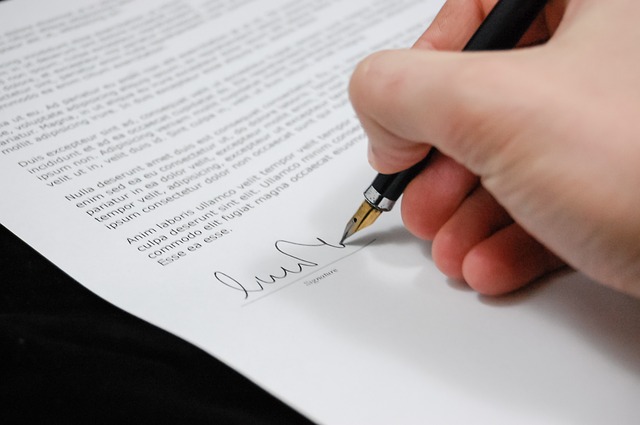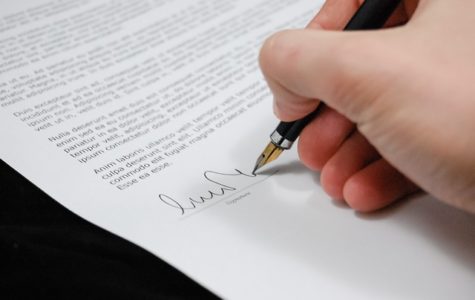
 Non Disclosure Agreement
Non Disclosure Agreement
Non Disclosure Agreement [NDA] is an agreement entered into by parties to protect confidential information about the invention. Inventors have to provide confidential information about the inventions to other parties to further their business and commercialization of the invention.
Thus, the NDA is an efficient equipment that prevents technical information from leaking to the public. NDA is not intended to avoid the disclosure of patent rights but to confidential information regarding the invention.
Confidential or technical information can be defined as that nonpublic information regarding the invention or a technological process. This agreement can be used with manufacturers, companies, invention agents, investors, developers, and so on, but not the patent attorney or the Patent Office since they grant the patent application. A patent attorney or the Patent office is excluded from such nondisclosure agreements since they are bound by a legal duty, which requires them to maintain the secrecy of sensitive information, unlike private entities like a company.
A Non Disclosure Agreement [NDA] can be defined as a contract made by parties, where one party promises to keep the information of the other party secret. The agreement may be unilateral or bilateral. A unilateral agreement imposes the duty on a single party to maintain confidentiality. The bilateral agreement imposes a duty on both parties to prevent the disclosure of any information received or shared with third parties. A Non Disclosure Agreement is a way to share sensitive information while protecting the same.
When to use Nondisclosure Agreements?
Regarding intellectual property rights, a Non Disclosure Agreement can be used when the inventor wants to convey or receive an idea or invention for the parties to evaluate the same. The various circumstances include:
i) An inventor wants to share the idea with an investor or buyer who would help commercialize the same.
ii) A startup wants to hire an engineer or manufacturer to design its idea and convert it into an invention.
iii) It can also be used as an ownership agreement while bringing in new employees, partners, or contractors.
Where can one get a Nondisclosure Agreement Form?
Patent Attorney: NDAs can be made with the help of a legal patent attorney who can make the appropriate agreement suitable for parties and enforceable under the law.
Online forms: There are many official websites of Patent Agents or otherwise providing NDA forms online. This helps inventors spend less time and funds to contract an agreement and thereby maintain invention confidentiality.
A Non Disclosure Agreement is a contract based on state law; therefore, it is always recommended that parties do not make their own NDA agreements or sign anything by opposing parties. Getting some legal aid in this matter is better, as Nondisclosure Agreement breaches’ can lead to severe damages. For the same reason, IP firms are seeking Non-Disclosurefits of a Non Disclosure Agreement:
+ A Non Disclosure Agreement can contractually protect the inventor against investors, manufacturers, and buyers, stealing ideas and making similar inventions for their profits.
+ In case of lack of funds to patent the invention immediately, the inventor can choose to contract a Non Disclosure Agreement, which protects the idea or innovation from being disclosed publicly.
+ Nondisclosure Agreement prevents parties from exploiting the idea of another and forfeiting the inventor’s right to seek patent protection.
+ It is a cost-effective tool and much faster than the patent process.
Limitations of a Non Disclosure Agreement:
* Non Disclosure Agreement only protects confidential information relating to the invention, and the contract does not guarantee sufficient protection.
* Non Disclosure agreements may lead to disputes between the parties on improvising ideas. When the information on the idea is disclosed to the other party, the other party contributes to improving the same. These improvisations belong to the recipient and not the discloser (inventor). The recipient can claim the improvements to the basic idea.
* Also, if the recipient suggests any obvious variants to the underlying invention, which the inventor must have thought of already, the recipient can claim the idea because the inventor does not have patent protection as evidence to prove the obvious variants.
Provisions of the Non Disclosure Agreement:
1. Definition: The Non Disclosure Agreement must have the definition or mention of information that the inventor recognizes as sensitive information and aims to protect against disclosure.
2. The agreement must also contain all information excluded from the confidentiality.
3. Obligations: The agreement must provide for the obligations of both the parties and their duty to maintain secrecy.
4. The agreement is mainly preferred to be in writing.
5. Term: This clause provides the receiving party with an expiration date for the agreement.
6. No Intellectual Property Rights Granted: This clause clarifies that the parties are not granting any ownership rights in the intellectual property or confidential information to the receiving party.
7. General Provisos: The general provisos to the agreement consists of the law governing the agreement, relief provided in case of agreement violation, jurisdiction of courts in any action arising out of the agreement, fee of attorneys, and assignment of the agreement.
